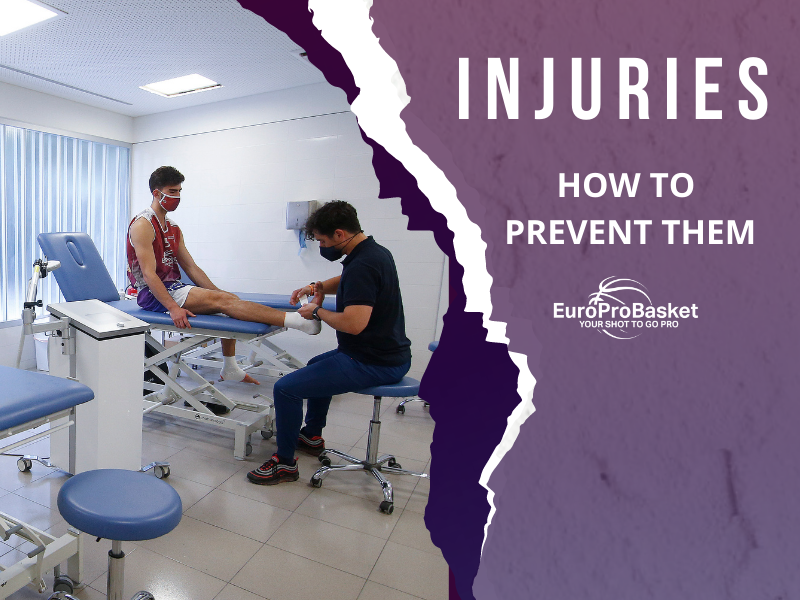Like it or not, everyone will get injured once in their career. No matter how well you take care of yourself, it is inevitable due to the intensity during practices and games. Let’s be clear, just because it is inevitable doesn’t mean that you should stop taking care of your body. You should work to make your chances of sustaining an injury as small as possible. This is why we’ve taken the time to prepare on article on how to prevent basketball injuries.
There are various types of injuries, some being more severe than others. Many injuries can heal with rest while others will take treatment by a professional. Fortunately, EuroProBasket has a top professional with Juan M. Díaz, and he will guide us on how to deal with injuries during the basketball season.
Table of Contents
ToggleFirst, what are the most common basketball injuries that occur during the season?
There are numerous types of injuries that can occur, including muscle, tendon, ligament, joint, etc., as well as overstress, which occurs when tissues do not recover from the effort to which they are subjected, and acute injuries, which result from the game’s intensity, but a large percentage of injuries are caused by trauma (blows, falls, etc.) because basketball is a contact sport that occurs in an unpredictable environment.
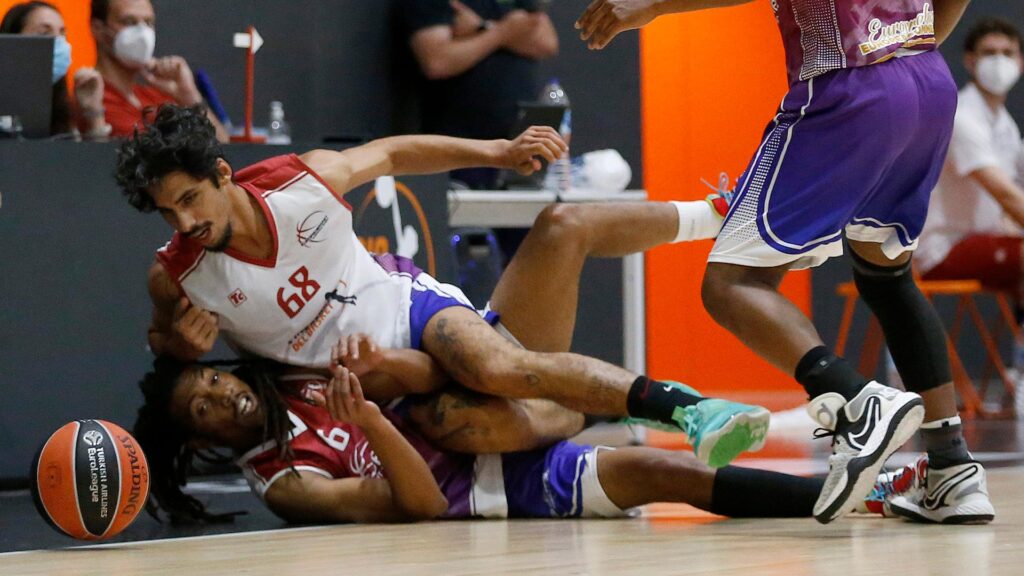
Do these common basketball injuries occur because players did not prepare well or is it due to the intensity of the game?
In both cases. Basketball, as previously said, is not an individual or cyclical sport that develops in a predictable environment, as each play and situation in the game is unique. There are injuries that result from the game’s intensity (which are mainly muscular), but many of them are caused by contact, unfortunate falls, and other factors brought on by the game’s uncertainty.
Although the intensity of the game cannot be avoided, is there any suggestion for reducing the risk of a basketball injury throughout the season?
A balance must be achieved during the season between the intensity of the matches and training, as well as their recovery. Because we are more fatigued and our defense mechanisms and receptors are more blocked, the great majority of injuries occur in the last minutes of the game. This can also happen if we have a heavy workload during the season and don’t establish a good balance between work and recovery. Muscle strength training is required to protect our structure and to survive the tension and strain of the matches from beginning to end.
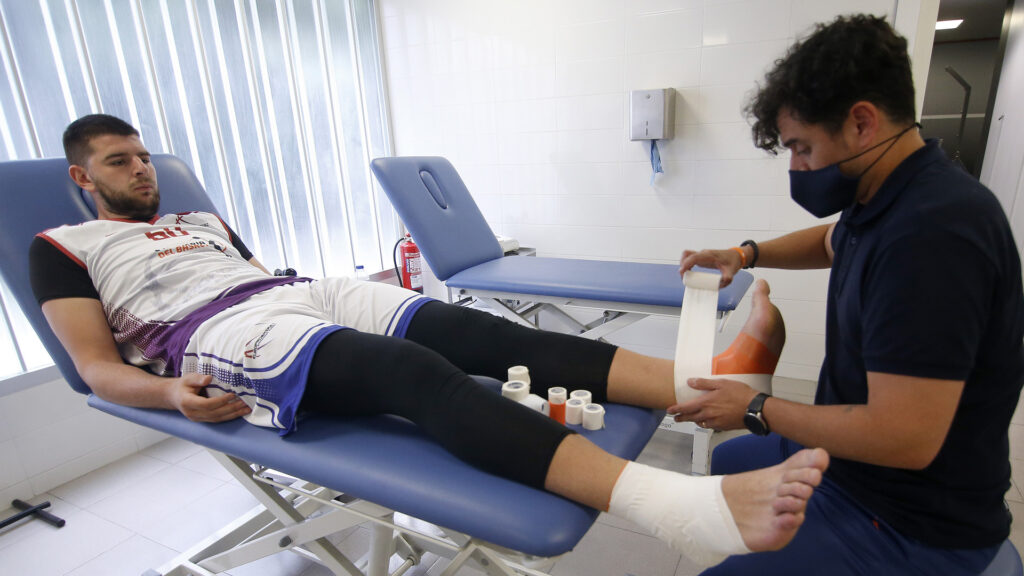
Let’s say a player is injured during the game because that can happen, should he go ahead and see if he can play despite the pain, or should he immediately ask to be substituted?
When something is incorrect with our body, it sends us signs as a natural safeguard before we suffer a serious injury. The first and most critical point to make is that the player’s health must be prioritized. The level of excitement during a game is quite high, and all the players want to give their all every second they have on the court. However, on both an amateur and professional level, it is often needed to persuade a player that missing a few minutes of a game will cause him not to miss the following games and be out for longer.
Ice is a player’s best friend when he is dealing with injuries during a basketball season, how many times should a player put ice on the injured part of his body?
There is some debate about the usefulness of ice in particular injuries, as well as its capacity to impact anti-inflammatory mechanisms. Aside from technicalities, ice application is something that is commonly employed since it is readily available, simple to administer, and inexpensive, and it is something that every athlete, regardless of skill, may benefit from. Its primary effect is analgesic, enhancing the player’s sense of well-being, which is important in the healing process. So, if something benefits you and there is no proof that it would harm you, why not do it?
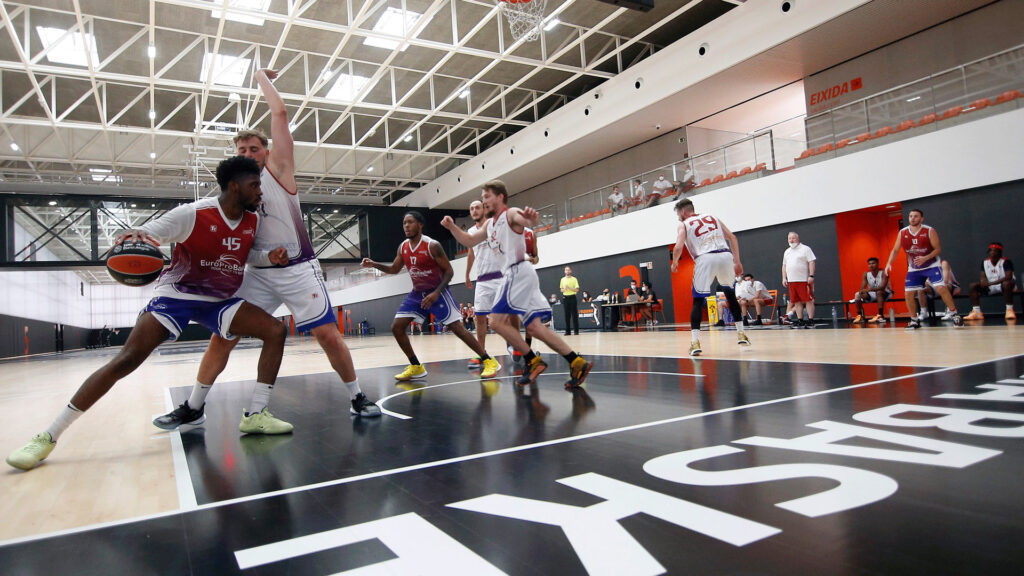
Muscle injuries are a bit more difficult to treat, how would you advise players to treat muscle injuries during basketball season?
The way a player perceives a muscle injury differs greatly. As I previously stated, the body provides us indications, which we must pay attention to before injuring ourselves. It must be remembered that, while the symptoms exist in the musculature, the problem originates elsewhere, and the basis of the problem must be identified. It is critical for the player to devote time away from training and games to healing from these basketball injuries.
How do muscle injuries happen, is it because players are not treating their body well or are their other reasons why players suffer muscle injuries?
Many factors contribute to this. It should be obvious that if we do not restore the body’s muscles and structure after training and games, we will create an overload, which may result in a basketball injury. As a result, it’s critical to look after oneself through proper nutrition, relaxation, and behaviors.
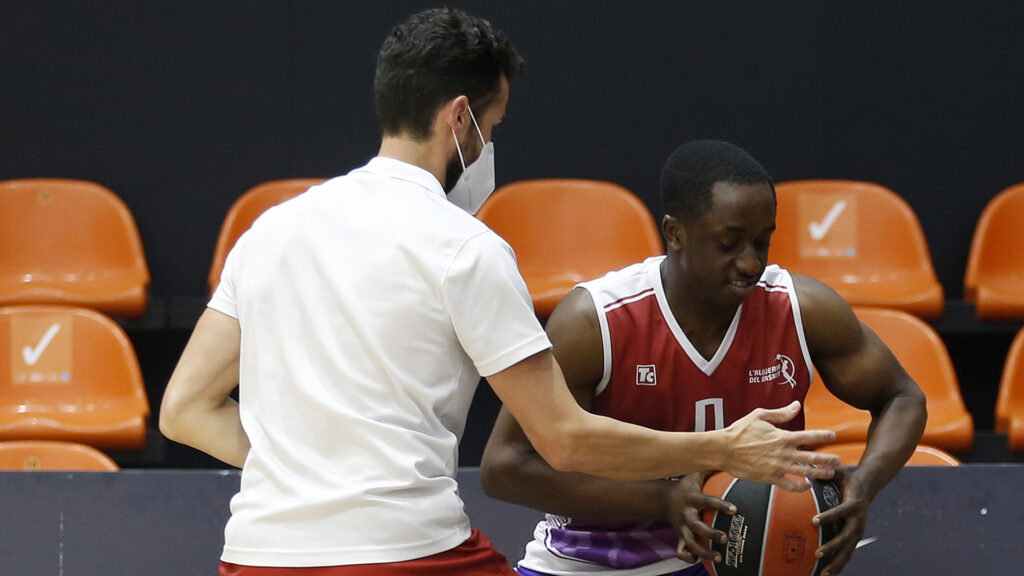
Preventing injuries during the basketball season is important because no club wants a player who is injured all the time on their team, but that is not the only reason. Juanma, what other reasons are there to prevent injuries?
A player’s goal during his career is to improve and continue to evolve as a player. An injury is a stumbling block in this evolution from which it is necessary to strive to get out and return to the level before to it, but most importantly, with the patience not to rush it and relapse, recover well, and avoid a chronic injury that will harm the player’s career in the future. After an injury, you must rebuild your strength, examine your faults, and correct them. With that you can plan on how to prevent basketball injuries.
There is a professional basketball player named Will Thomas who currently plays for Monaco and earns around a million per season. He played consecutive seasons, for Valencia Basket, without missing any practice or game, which is quite impressive. So, Juanma, how do you think he has done that?
There are a variety of methods and approaches for injury healing and prevention that are available to each player. However, the fundamental pillar that should never be overlooked is the development of good habits, daily organization with schedules, proper diet and hydration, and proper rest, resulting in a balance between training load and recovery. But, more crucially, this is accomplished throughout the course of a player’s entire sporting career, not just a week or a month.
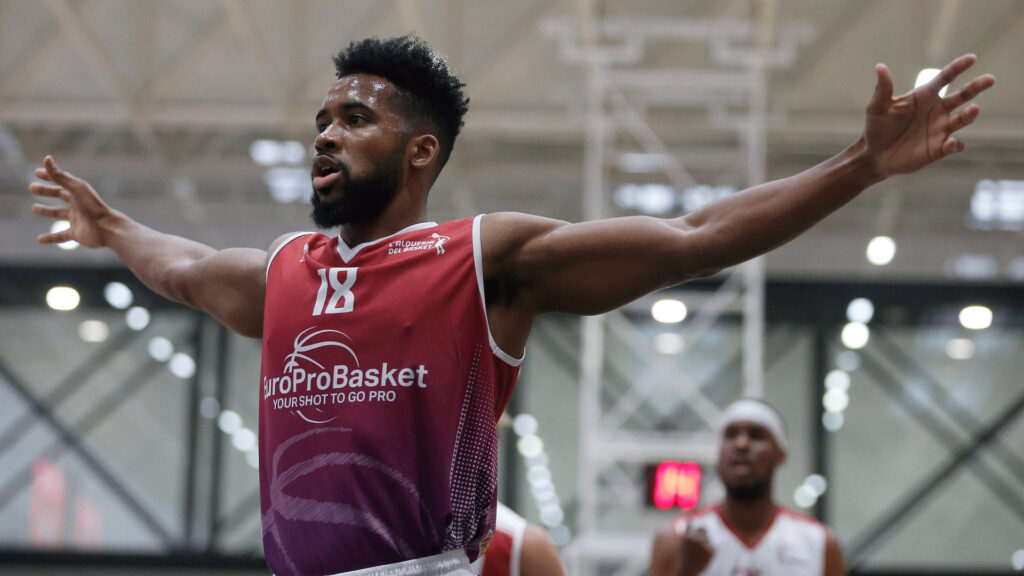
Rest, healthy eating, and good practices are important for a player, it helps prevent basketball injuries, but is there anything else a player can do to avoid a basketball injury during the season?
A player’s knowledge of the game and his physique improves with experience. It is critical for the player to develop his ability to predict game outcomes and anticipate game scenarios. For this, he must automate certain aspects of the game while focusing attention on others, reducing the game’s ambiguity and, with it, the risk of harm. Overtraining can be avoided if a player has the proper physical preparation and learns to save effort in each game circumstance (experience). However, this is accomplished by training daily, which emphasizes the need of giving each session your complete attention.
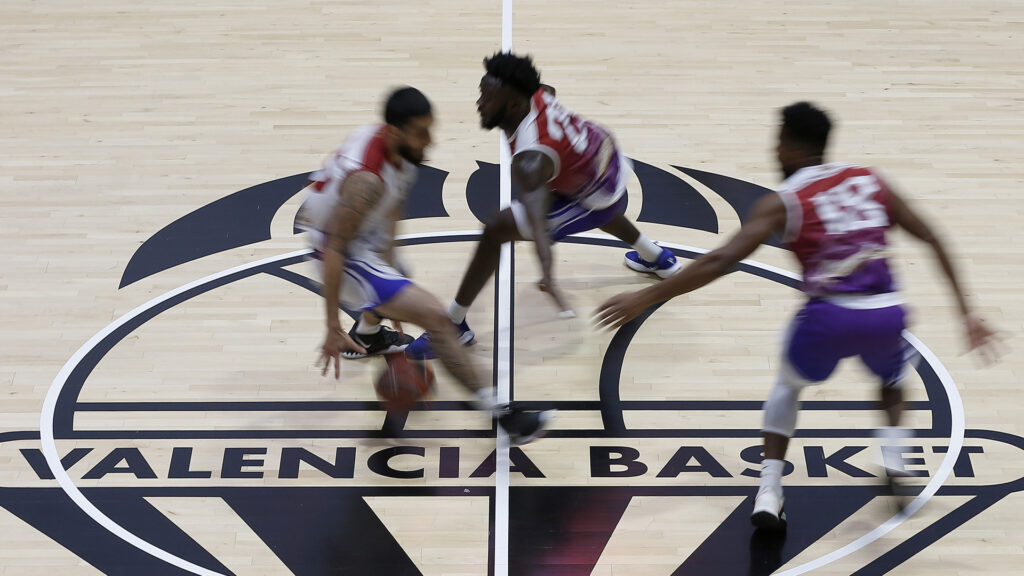
Ultimately, what is the best advice you can give young players who want to turn pro but are dealing with injuries?
The most important thing to remember is that an injury is just a stumbling block in a player’s athletic career. Each injured day seems interminable to a player, and the time to play again appears to be a long way off, but just as a player provides 100 percent in every training and match, so must a player do everything possible to recover as quickly as possible and in the best possible way. The worst thing for a player is to return to competition with the worry of relapsing from the injury. As a result, the work and readjustment must be safe and gradual, so that the player has positive sentiments and can mentally forget about the injury while playing. From there he can focus on how to prevent basketball injuries for the future.




